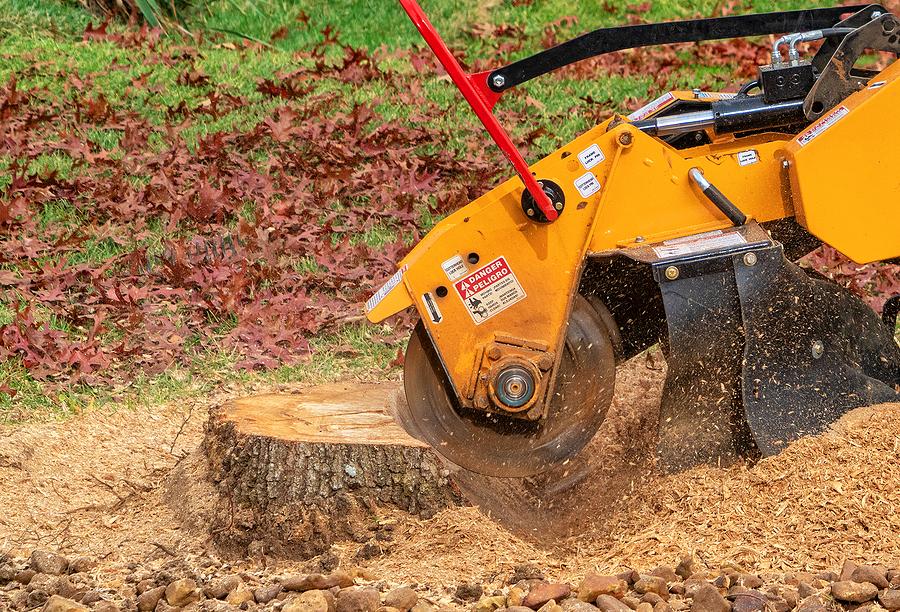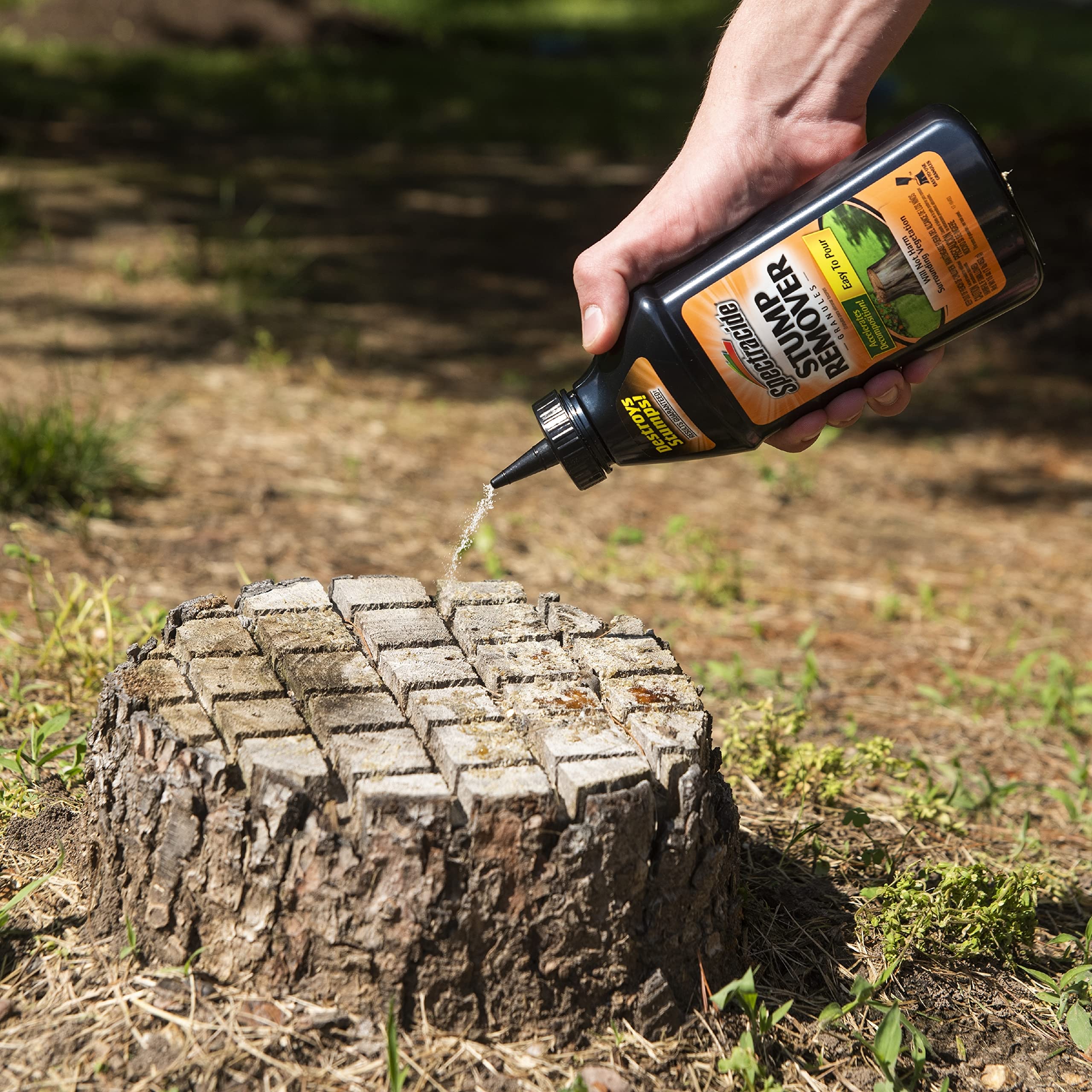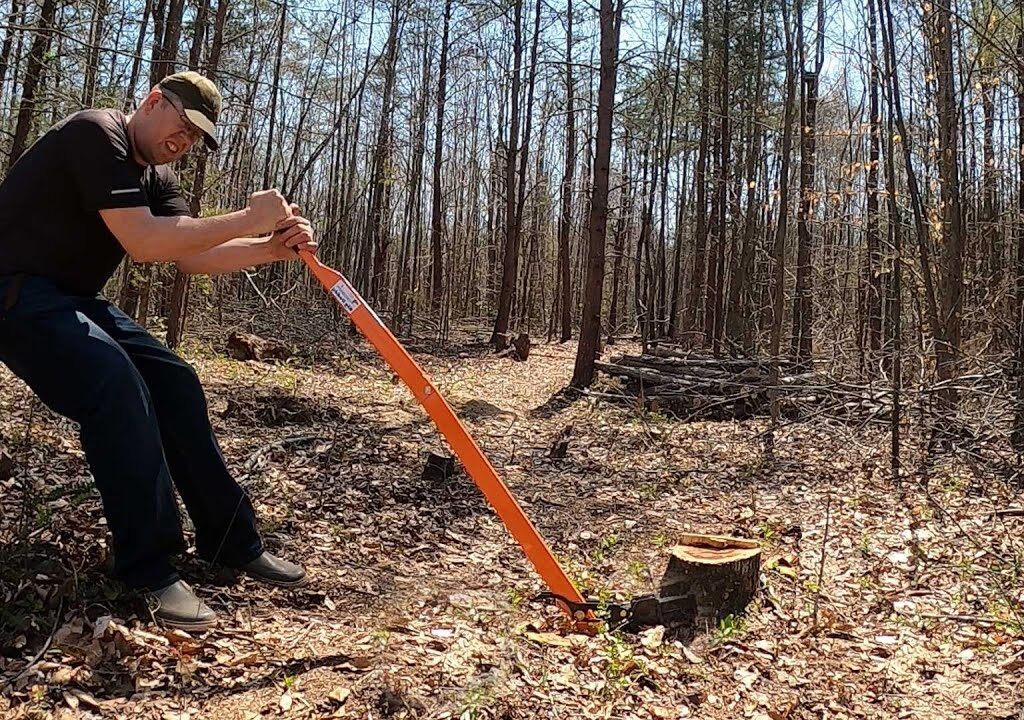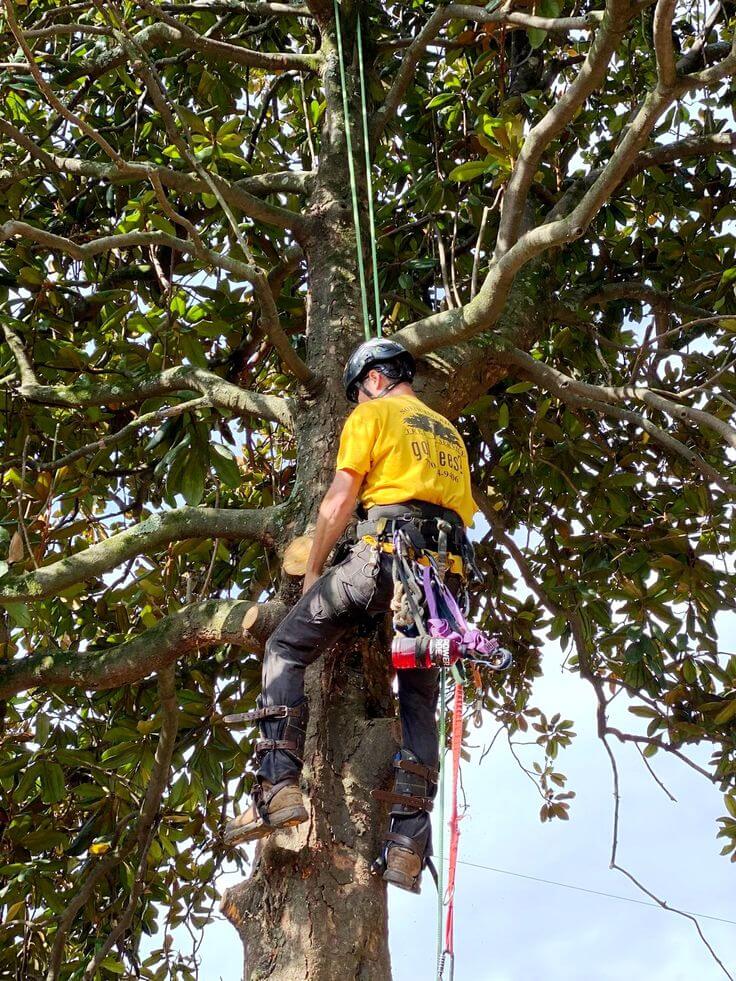Tree stump removal cost
Introduction
Got an unsightly tree stump taking up precious space in your yard? Removing it can seem daunting, but understanding the costs involved makes it easier to plan. Let’s break down everything you need to know about tree stump removal costs, including methods, factors affecting prices, and tips to save money.
Why Remove a Tree Stump?
Safety Hazards
Stumps left behind from trees can pose a risk of trips and falls, particularly for kids and animals. They can also pose risks to lawnmowers and other equipment.
Aesthetic Reasons
A remaining tree stump removal cost can be an unattractive blemish that takes away from the charm of your yard. Removing it restores the yard’s visual appeal.
Pest Prevention
Decaying tree stumps can attract pests like termites, ants, and beetles, which could eventually invade your home.
Space Utilization
Removing the stump creates room for fresh landscaping, a new garden, or extra seating areas.
Factors That Affect Tree Stump Removal Cost
Size of the Stump
Bigger stumps are more expensive to remove due to the increased time, labor, and equipment needed.
Type of Tree
Certain tree species possess stronger wood or deeper root systems, which can make their removal more difficult and costly.
Root System Complexity
Deep and widespread roots increase the labor and time required, driving up costs.

Accessibility of the Location
When the stump is located in a challenging or remote spot, removing it might require extra effort and specialized tools, which can drive up the cost.
Method of Removal
The method chosen—grinding, excavation, chemical removal, etc.—significantly impacts the cost.
Different Methods of Tree Stump Removal
Grinding
Using a stump grinder to shred the stump into mulch is quick and efficient.
• Pros: Cost-effective, fast, minimal damage to the yard
• Cons: Doesn’t remove roots
Excavation
Physically digging out the stump and roots is thorough but labor-intensive.
• Pros: Complete removal of stump and roots
• Cons: Expensive, causes lawn disruption
Chemical Removal
Chemicals gradually accelerate the breakdown of the stump over time.
• Pros: Low effort, affordable
• Cons: Time-consuming, environmental concerns
Burning
Burning the stump is a simple yet risky method.
• Pros: Low cost
• Cons: Fire hazard, not environmentally friendly
Manual Removal
Using tools like axes and shovels, manual removal is labor-intensive but effective for small stumps.
• Pros: No specialized equipment needed
• Cons: Extremely time-consuming and physically demanding
Average Costs of Tree Stump Removal
• Per Stump Cost: $75 to $150
• Per Diameter Inch Cost: $2 to $5 per inch
Price Variation Factors: Stump size, root complexity, method used, and location accessibility
DIY vs. Professional Stump Removal
Pros of DIY Stump Removal
Cost savings
1.Complete control over the process
2.Cons of DIY Stump Removal
3.Labor-intensive
Requires equipment rental or purchase
1.Risk of injury or property damage
2.When to Hire a Professional
3.Large or multiple stumps
4.Difficult-to-access areas
5.Limited time or expertise
6.Additional Costs to Consider
Site Cleanup
Post-removal debris may require professional cleanup, adding to the cost.
Landscaping Repairs
You might need to reseed the lawn or fix disrupted landscaping.
Root Removal
Deep or widespread roots might need additional removal services.
Equipment Rental
If you opt for DIY, renting a stump grinder or other tools incurs extra costs.
How to Save Money on Tree Stump Removal
Bundling Services
Hiring the same company for tree removal and stump grinding can lower costs.
Renting Equipment
DIY enthusiasts can save by renting rather than purchasing equipment.
Opting for Stump Grinding
Grinding is generally cheaper than full excavation.
Removing Multiple Stumps at Once
Most professionals offer discounts for removing several stumps simultaneously.
Environmental Impact of Stump Removal

Recycling Wood Chips
Wood chips from grinding can be repurposed as mulch.
Minimizing Chemical Use
1.Opt for grinding or manual methods to reduce environmental harm.
2.Sustainable Practices
3.Choose eco-friendly service providers who prioritize sustainability.
Choosing the Right Service Provider
1.Checking Credentials
2.Check the company’s licensing and insurance to confirm its trustworthiness.
Reading Reviews
1.Customer feedback helps gauge service quality.
2.Getting Multiple Quotes
3.Compare prices from several providers to find the best deal.
Conclusion
Tree stump removal doesn’t have to be a daunting task. Whether you opt for a DIY approach or hire professional services, taking action ensures a safer, cleaner, and more beautiful yard. Start by assessing your needs, exploring local services, and choosing the right method for your situation. With a little effort and the right help, you’ll reclaim your outdoor space in no time.

